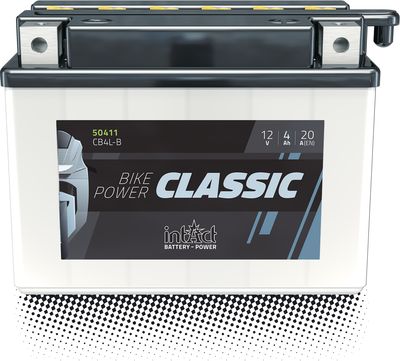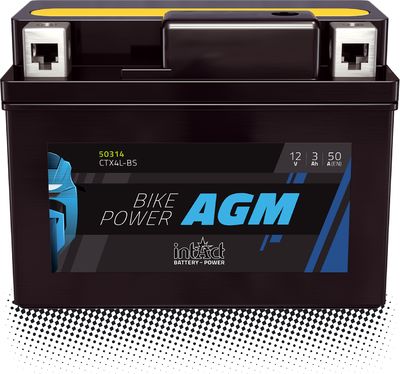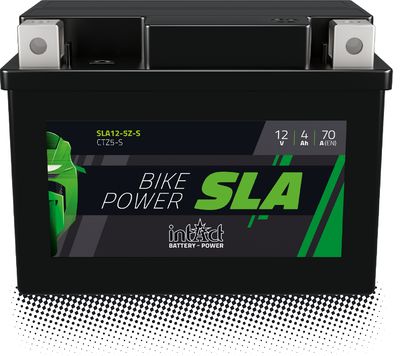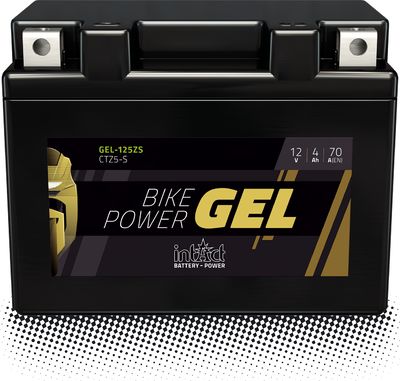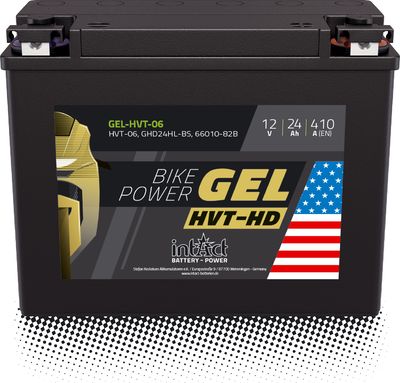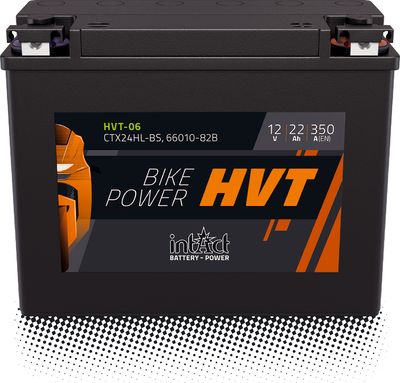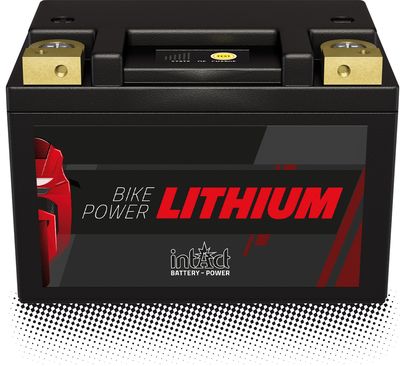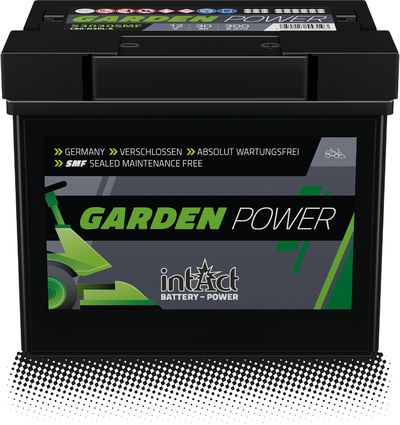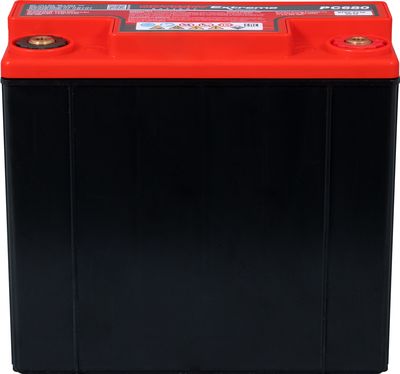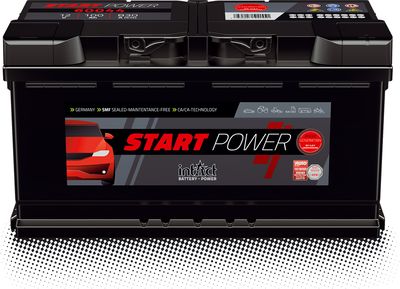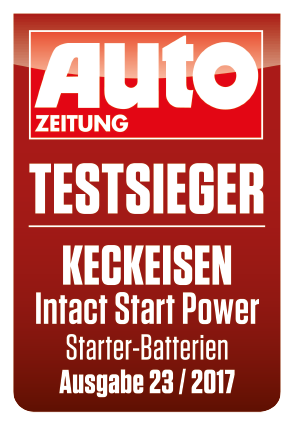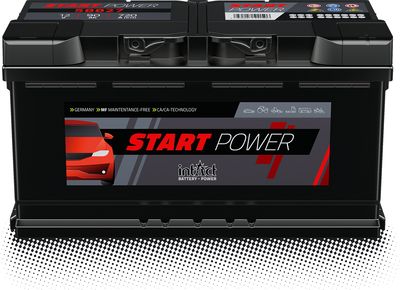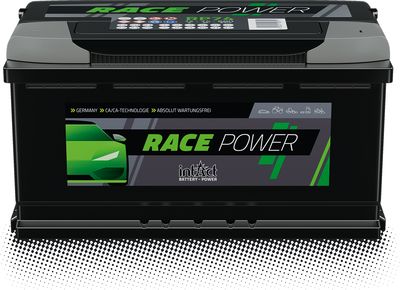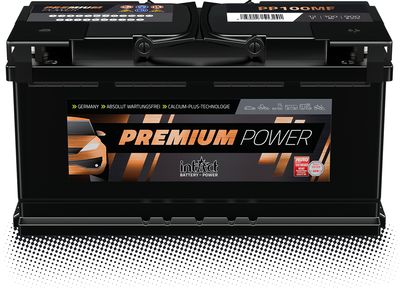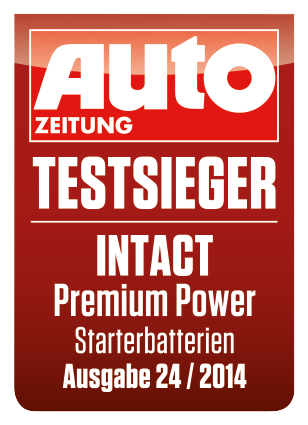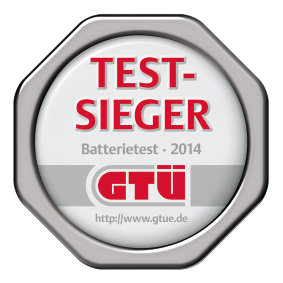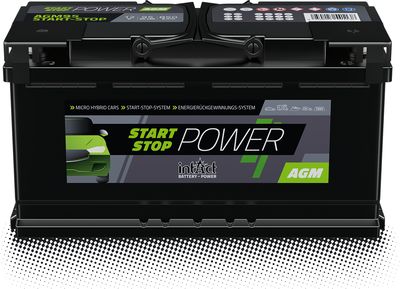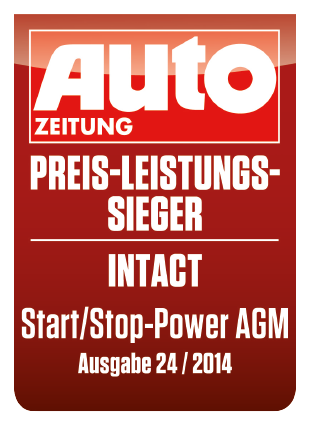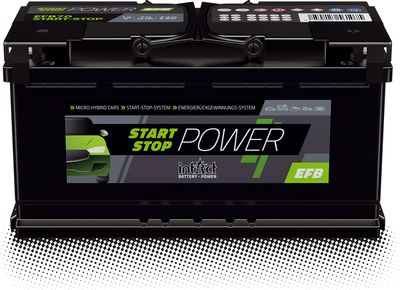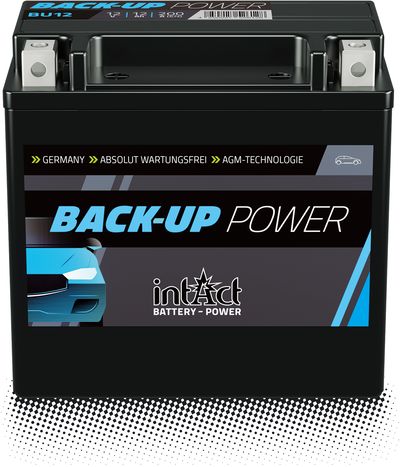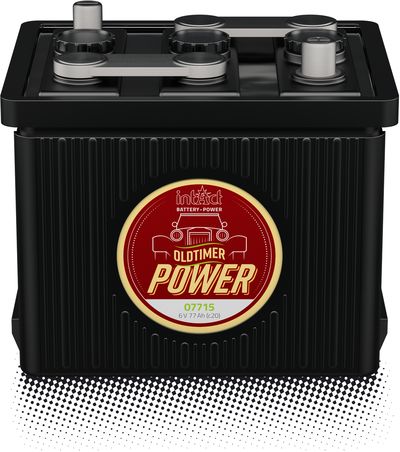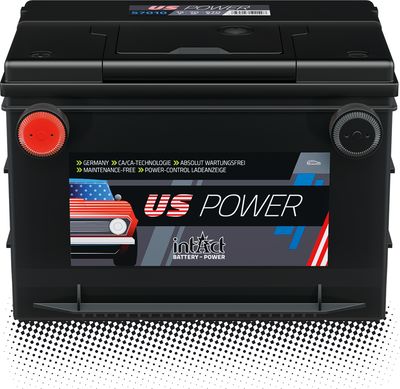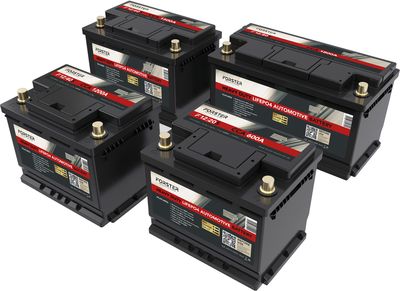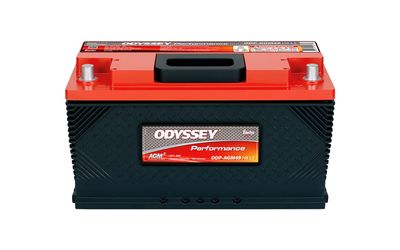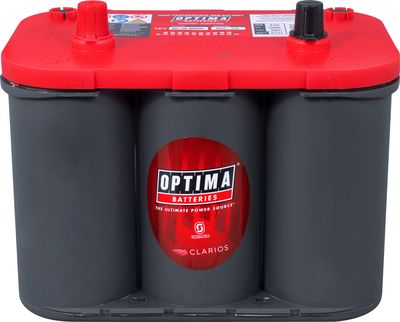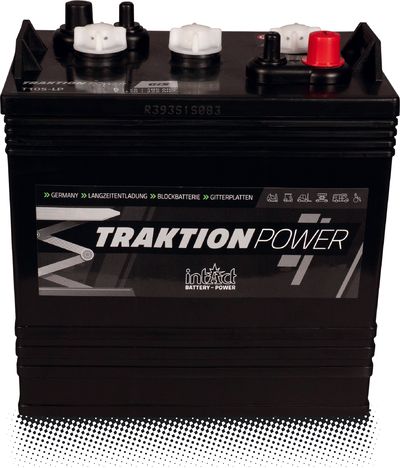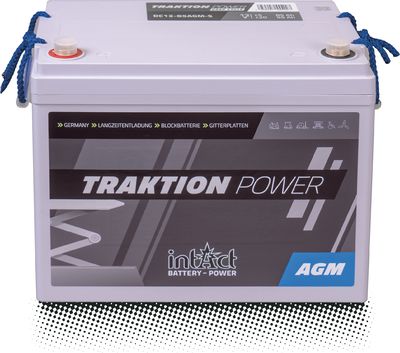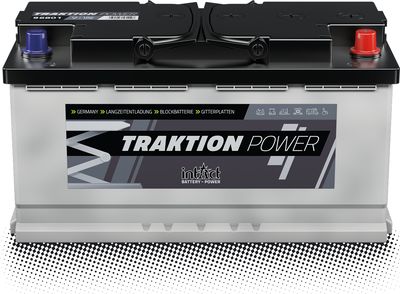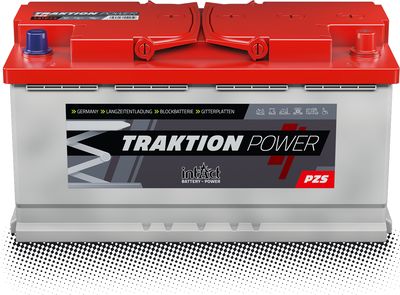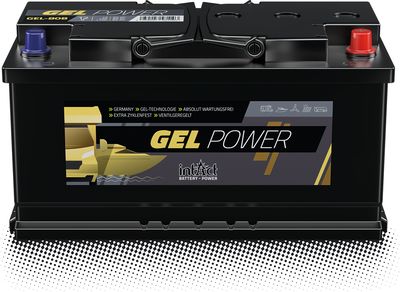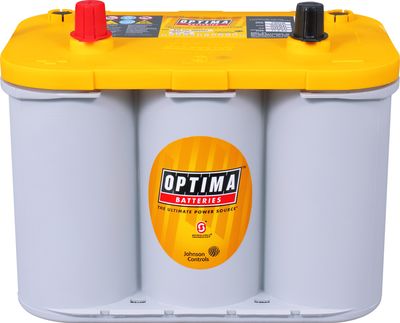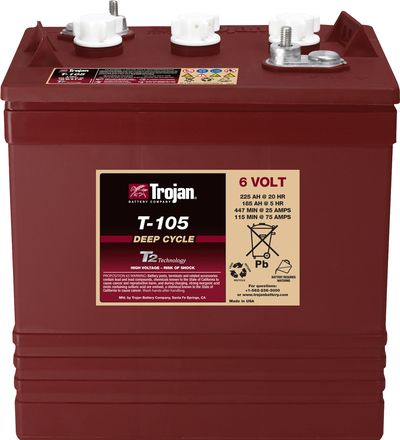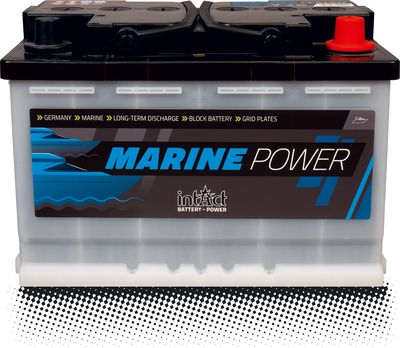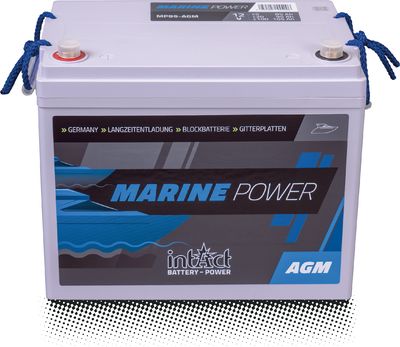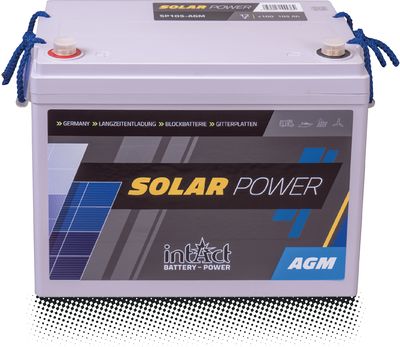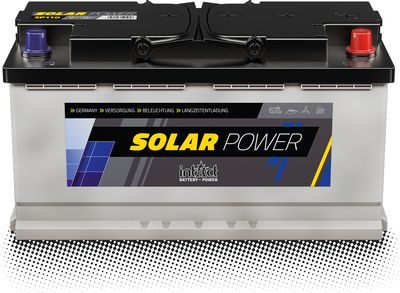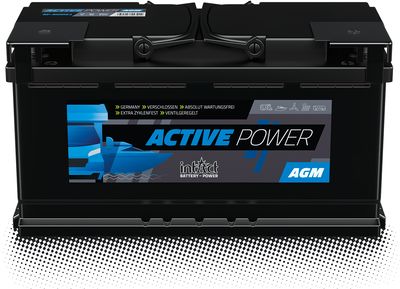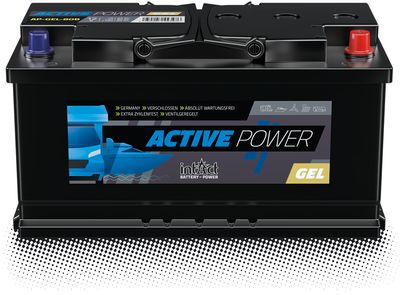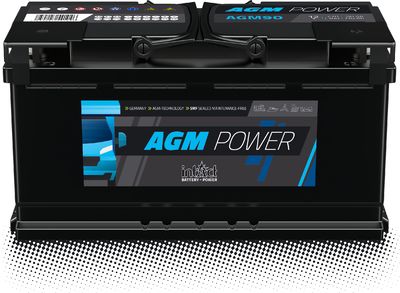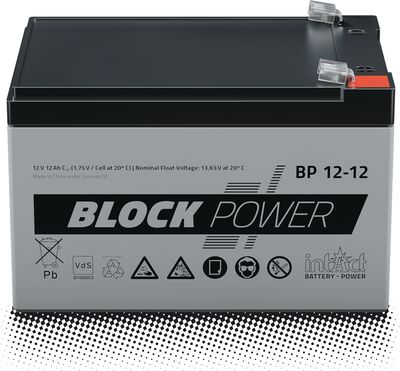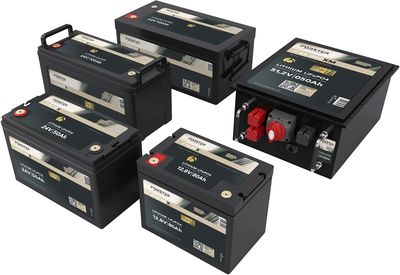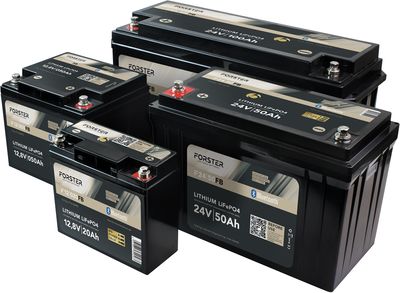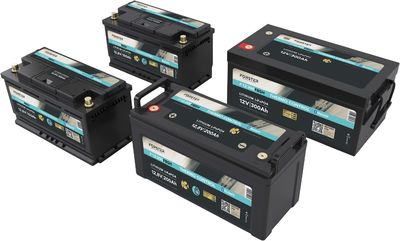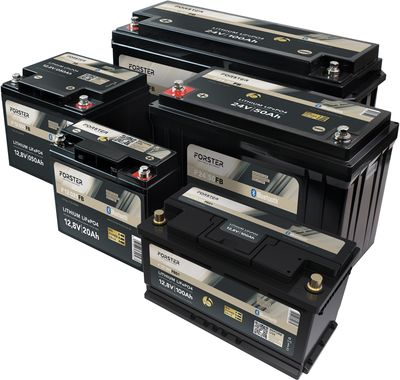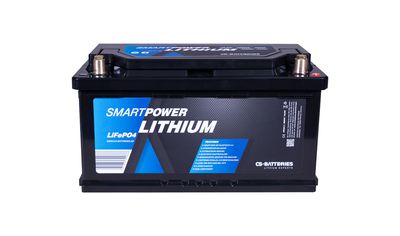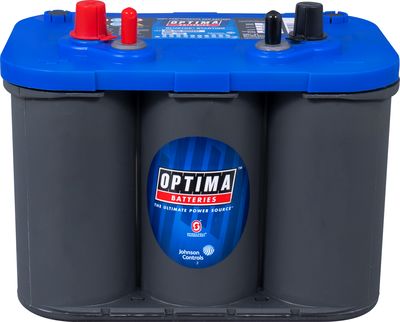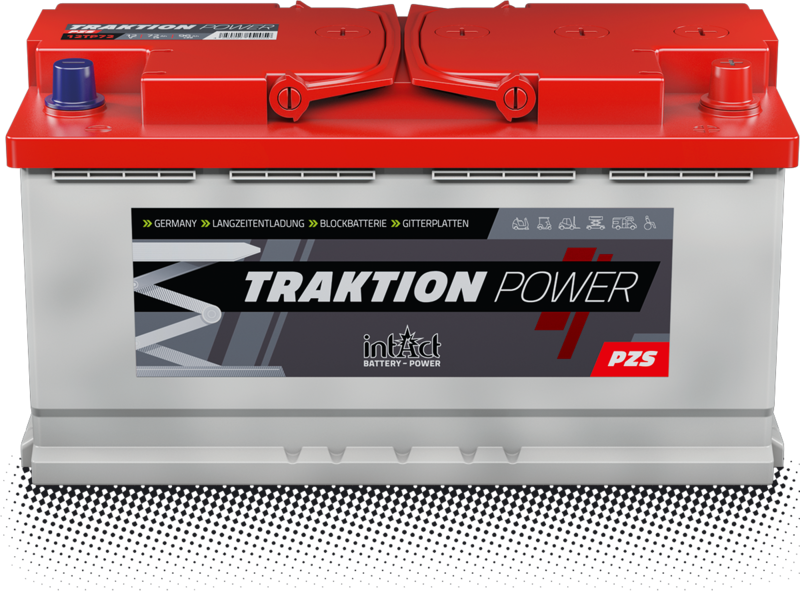What is a camper battery?
A supply battery used in motorhomes or campers, colloquially known as a camper battery. Typically, it is charged with stationary charging current at the RV parking lot or via a solar system, because the alternator is not sufficient to provide the necessary …
In a nutshell, the battery generates electricity, which it delivers to the consumers. It is charged and is ready again.
So far, so good. Meanwhile, a bit of chemistry happens inside the battery.
Current flow
In principle, current flows between a positive …
The capacity and performance of lithium iron phosphate batteries are very high compared to other batteries of the same box size. They have an extremely long life expectancy, low self-discharge and can tolerate the highest charging currents. To fully charge …
Always select a battery that matches the charging behavior
Starter batteries, including motorcycle batteries, are charged by the alternator while driving.
The charge takes place over a longer period of time with low current. Starter batteries are designed for this charging behaviour.
Some starter batteries …
With each charge/discharge process (cycle), active material is inevitably lost and the battery's performance declines. Once it has fallen to the point where it can no longer fulfil its purpose - e.g. start the vehicle, supply the consumers or drive the …
What do deposits on the battery plugs mean?
Black deposits on the plugs indicate a battery that has worn out prematurely due to continuous excessive load.
Tip: Always ensure a good balance between current drain and charging.
Information on capacity calculations and charging behaviour can be found …
Identifying and filling the liquid level
Markings on the outside of the white or transparent housing of a wet battery indicate the minimum (MIN) and maximum (MAX) fill levels.
During commissioning or initial filling, the battery must be filled with battery acid up to the upper mark (MAX).
During …
For plugs: Simply open them and look inside.
Low maintenance batteries have a distinct advantage: if something is wrong, you can open them and look inside. What you see will give you some clues.
Warning: You can tell if the battery can be opened by the individual plugs on the top. Often these lead-acid …
Checking the liquid level against sulphation
In a battery or accumulator, the chemical reaction between the active material of the grids and the acid generates current (electrons emitted) to supply the loads or stores current (electrons) provided by the charger or alternator.
If the acid only partially …
First the format, then the capacity
A battery must of course fit in your vehicle, machine or device. Check the dimensions of your old battery or the available space where you want to install the battery.
Check that the terminals are easily accessible, that you can reach them easily with …
The order of disconnection and connection
The negative terminal is connected to the body, hence the name grounding. If you accidentally touch the positive terminal and the body at the same time when the negative terminal is connected, e.g. with a metallic tool, a short circuit could occur that …
